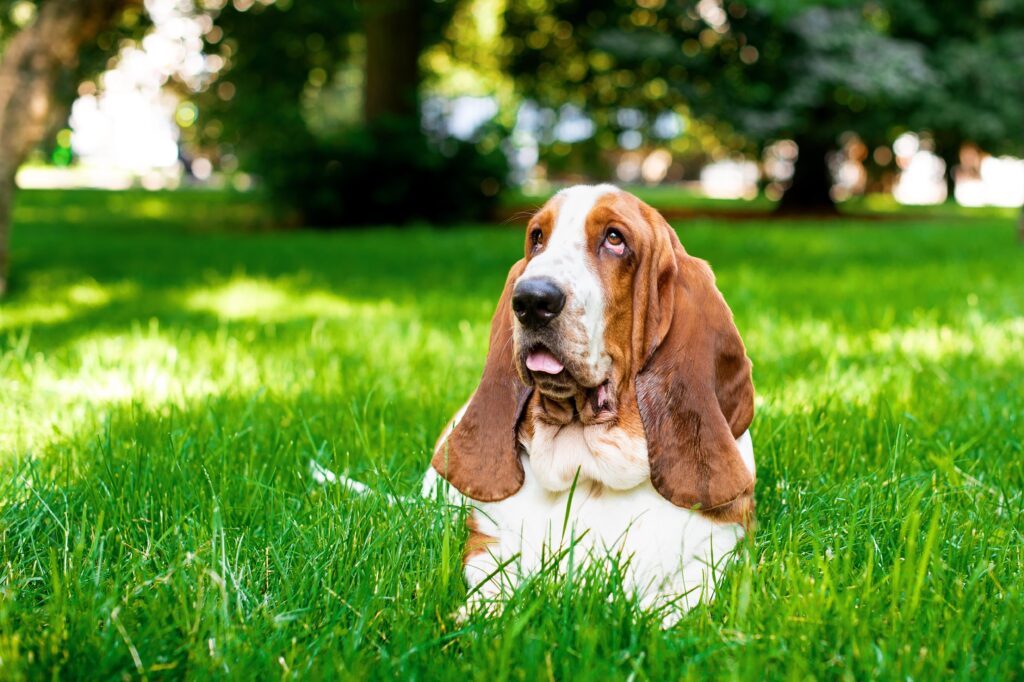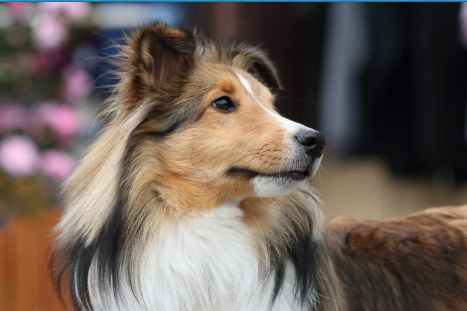1. Beagle

Not every dog is a fit for apartment life. Some breeds just cannot help but announce every passing car, neighbor, or squirrel outside the window. While barking is natural, too much of it can drive neighbors crazy. Beagles may be adorable with their floppy ears and soulful eyes, but they have one of the most distinctive howls in the dog world. Originally bred for hunting in packs, they use their voices to communicate with others. In an apartment, every siren or knock could trigger a chorus. They are loving pets, but their constant talking makes them difficult apartment companions.
2. Basset Hound

Slow-moving and easygoing, Basset Hounds might look calm, but their deep, booming howls tell another story. These dogs were bred to hunt in groups, which meant their voices had to travel long distances. In an apartment, that same howl bounces off walls and lingers far longer than you would like. Combined with their stubborn streak, training them not to be vocal is not easy. They are affectionate, loyal, and undeniably charming dogs, but their strong, low howls echo loudly in shared living spaces, often leaving neighbors less than thrilled about living next door to one.
3. Chihuahua

Tiny in size but mighty in voice, Chihuahuas have no problem making themselves heard. They often weigh under six pounds, but they can bark nonstop at even the smallest disturbance. Hallway footsteps, the sound of an elevator, or even leaves outside can set them off in a flurry of yapping. Their fierce loyalty means they always want to protect their owners, but in apartment living this can quickly become overwhelming. While they make affectionate and lively companions, their endless barking tendencies are often too much for neighbors who prefer peace and quiet at the end of the day.
4. Dachshund

Dachshunds, with their long bodies and bold personalities, were originally bred to hunt badgers underground. Their sharp, piercing bark was developed to travel through tunnels so hunters could hear them above ground. Today, that same bark is often triggered by delivery people, passing neighbors, or even the smallest outdoor noises. Their determined nature also makes training a challenge, as they are known to be stubborn. In an apartment, this translates to loud and repetitive barking that can disrupt daily life. Dachshunds are loyal and playful, but their vocal alarms can become a frequent frustration in shared housing environments.
5. Siberian Husky

Huskies are not just barkers; they are full-on singers. Known for their iconic howls and playful talking, they use their voices to communicate in unique and sometimes hilarious ways. While this can be entertaining in the right home, in an apartment it creates chaos. Their wolf-like sounds carry through hallways and walls, making it difficult for neighbors to enjoy peace and quiet. Huskies are high-energy, vocal, and expressive by nature, and although they are affectionate and fun companions, their nightly performances make them one of the least suitable dogs for those living in close quarters with others.
6. Miniature Schnauzer

Do not be fooled by the size of a Mini Schnauzer. These spirited little dogs are natural watchdogs, and they take their guarding role very seriously. They bark at strangers, unfamiliar sounds, or even faint movements outside the window. In an apartment, where noises are constant, their vocal habits quickly become disruptive. They are loyal, intelligent, and full of charm, but their tendency to alert you to everything with a sharp, persistent bark is not easily contained. While they thrive in homes where space is available, they are often a noisy challenge in tightly packed apartment complexes.
7. Yorkshire Terrier

Yorkshire Terriers are tiny dogs with big personalities, and their voices are just as large. Yorkies love to bark for many reasons: to get attention, to warn of strangers, or simply because they feel like it. In apartments, this chatterbox nature can quickly frustrate both owners and neighbors alike. Their high-pitched barking is not easily ignored and often lasts longer than expected. While they make affectionate and playful companions, their constant need to vocalize makes them a difficult match for those who value silence in close-living spaces where every sound carries through thin walls and shared hallways.
8. Fox Terrier

Fox Terriers are full of energy and excitement, which makes them vocal by nature. Originally bred to hunt small animals, they developed sharp instincts and a quick reaction to any movement or sound. That strong alertness has remained, and in an apartment setting it translates into frequent barking. They often react loudly to every creak, knock, or unfamiliar face. While they are fun-loving and lively companions outdoors, their constant commentary is overwhelming indoors. Their vocal habits may not bother those in larger homes, but in apartments, they often become too noisy to handle without drawing complaints.
9. Pomeranian

Pomeranians may look like fluffy teddy bears, but their barks pack serious power. They are excitable and always eager to announce visitors, noises, or simply demand attention. Despite their small size, their sharp, piercing bark carries far, and in an apartment it can feel relentless. These little watchdogs never miss a chance to alert their owners, which makes them lovable but noisy pets. Their personalities are bold and confident, yet in shared living spaces their vocal habits can quickly wear on neighbors. They are adorable companions, but they are not built for quiet apartment life at all.
10. Shetland Sheepdog

Shetland Sheepdogs, or Shelties, are intelligent and affectionate, but they are also natural herders. Herding instincts often come with an urge to bark, whether it is to herd people, warn strangers, or express excitement. In apartments, this turns into frequent and loud vocalizations that can be exhausting for those nearby. Shelties thrive on activity and attention, but their voices can become overwhelming in tight spaces. Their barking may be tolerable in open homes or yards, but in apartment complexes, it becomes a major challenge to balance their loyalty with their never-ending vocal nature.
11. Maltese

The Maltese is an adorable small breed known for its fluffy coat and affectionate nature, but behind that cute look lies a surprisingly loud voice. Maltese dogs tend to bark when left alone, often due to separation anxiety or boredom. In apartments, this can quickly escalate into repetitive barking that neighbors notice almost immediately. While they are loving companions who enjoy being by their owners’ sides, their shrill barks echo far and wide in shared living spaces. They are better suited to environments where they can have company and freedom, rather than confined apartment living conditions.
12. West Highland White Terrier (Westie)

Westies are energetic, spunky dogs that love expressing themselves vocally. As natural watchdogs, they bark at the slightest disturbance, from footsteps outside the door to a neighbor’s arrival. Their enthusiastic voices travel farther than their small frames suggest, which makes them a noisy addition to apartments. While they are loyal, playful, and affectionate, their tendency to speak up at every sound is difficult to manage in tight living conditions. In the end, they are wonderful companions, but their loud personalities show that not all dogs are meant for life in quiet apartment spaces.
Dogs bark. That is what they do, and some breeds were simply bred to be more vocal than others. In the close quarters of apartment living, this can quickly become a challenge for both you and your neighbors. These twelve breeds are among the most difficult when it comes to keeping peace and quiet. Still, they can be wonderful companions with the right training, patience, and environment. Just remember that choosing the right dog for your lifestyle matters. Share this with a fellow dog lover today and help them make a choice that keeps everyone happy.
This story The 12 Noisiest Dog Breeds Worst for Apartment Living was first published on Daily FETCH


